What is Inner Child Work for Trauma?

Inner child healing is a therapeutic approach that focuses on addressing and resolving the emotional wounds and unmet needs from childhood that continue to impact us as adults. By connecting with and nurturing our inner child, we can develop greater self-awareness, self-compassion, and emotional resilience. This article explores various techniques for inner child healing and provides guidance on how to begin the process of addressing childhood wounds.
Understanding the Inner Child
The concept of the inner child refers to the part of our psyche that represents our childhood experiences, emotions, and needs. When these needs are not met or when we experience trauma or neglect in childhood, we may develop coping mechanisms or limiting beliefs that carry into adulthood, impacting our relationships, self-esteem, and overall well-being.
Techniques for Inner Child Healing
Visualization and Dialogue:
One powerful technique for inner child healing is to visualize yourself as a child and engage in a compassionate dialogue with your inner child. This can involve offering words of comfort, reassurance, and love, and listening to your inner child’s needs and feelings.
Letter Writing:
Writing a letter to your inner child can be a cathartic and healing exercise. In the letter, you can express your love and support, acknowledge the challenges and pain they have experienced, and make commitments to meet their needs and prioritize their well-being.
Nurturing Activities:
Engaging in activities that your inner child enjoys or finds soothing can be a way to nurture and care for that part of yourself. This may include creative pursuits like drawing, painting, or playing music, or comforting activities like taking a bubble bath, cuddling with a stuffed animal, or reading a beloved childhood book.
Affirmations and Positive Self-Talk:
Developing a practice of positive self-talk and affirmations can help to counteract the negative beliefs and messages that our inner child may have internalized. Repeating statements like “I am worthy of love and respect” or “I am safe and supported” can help to reprogram our subconscious mind and promote healing.
Therapy and Support:
Working with a therapist who specializes in inner child healing or trauma recovery can provide a safe and supportive space to process childhood experiences and develop new coping strategies. Support groups or workshops focused on inner child healing can also be valuable resources for connection and guidance.
It’s important to approach inner child healing with patience, self-compassion, and a willingness to confront painful emotions or memories. The process of addressing childhood wounds can be challenging and may bring up feelings of vulnerability, grief, or anger. It’s essential to prioritize self-care and to seek professional support if the process becomes overwhelming or triggering.
Critics of inner child healing may argue that the approach places too much emphasis on the past and may promote a victim mentality or a lack of personal responsibility. However, proponents of the technique counter that by acknowledging and processing the impact of childhood experiences, we can develop greater self-awareness, empathy, and resilience, ultimately leading to more fulfilling and authentic adult lives.
In conclusion, inner child healing offers a powerful pathway to addressing the emotional wounds and unmet needs of childhood that continue to shape our adult experiences. By engaging in techniques such as visualization, letter writing, nurturing activities, and positive self-talk, we can cultivate a more compassionate and nurturing relationship with ourselves and promote deep emotional healing and growth.
Types of Therapy






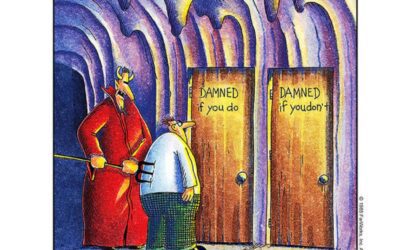








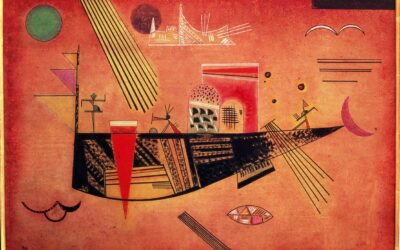
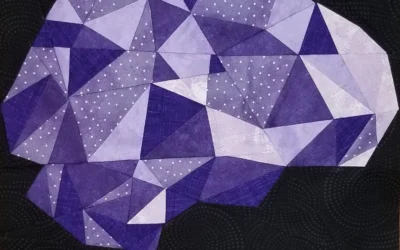

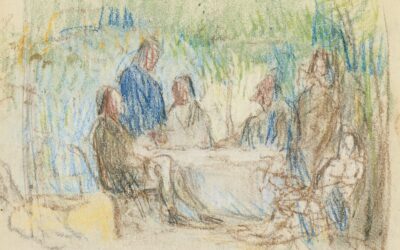

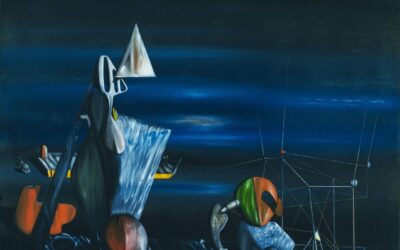


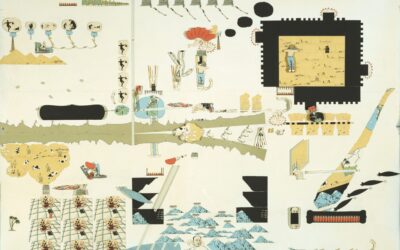

0 Comments